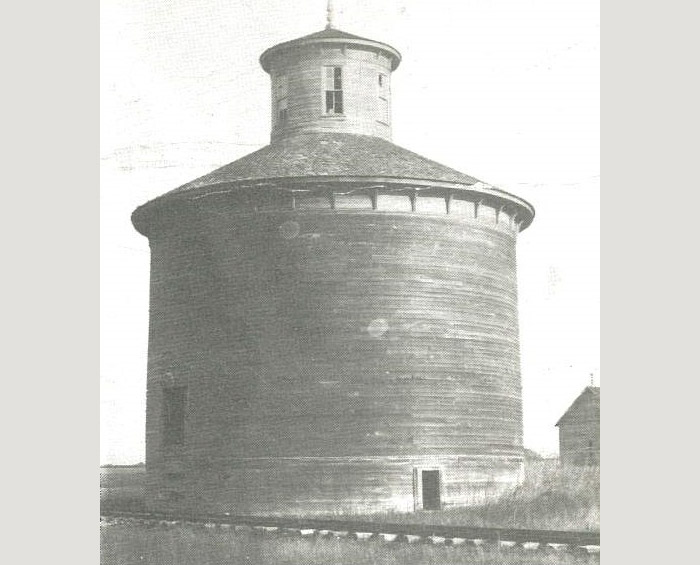Niverville is one of the few communities in the East Reserve that is not originally a Mennonite community, nor does it derive its name from Mennonite sources. The Geographical Names of Manitoba guide notes that the town is first referenced on CPR and Department of the Interior maps in 1877. The name of the community comes from the officer who succeeded La Vérendrye, Chevalier Joseph Boucher de Niverville, from the Legardeur de St. Pierre company. Abe Warkentin wrote in Reflections on our Heritage, “Named after a French nobleman, planned by a German diplomat, settled by German Mennonites, English and Scottish farmers, helped along by French Canadians and partly developed by Jews – this is Niverville.”
The community’s presence at the northwest corner of the East Reserve and proximity to the Red River placed it near the landing site of the Mennonite settlers on their arrival to Manitoba in the summer of 1874. The site, at the confluence of the Red and Rat rivers, is only a short distance southwest of the community. The immigration sheds built by Jacob Schantz were less than two miles southeast of the village site that would be developed a few years later.
Niverville became part of the rural municipality of Hespeler in 1880, named after William Hespeler, a man integral to the story of Mennonite arrival in Manitoba. Hespeler was hired by the Canadian government as an immigration agent in 1871 after serving in the Franco-Prussian war near his birthplace of Baden-Baden, Germany. Hespeler had heard a contingent of Mennonites from Russia were looking to migrate to the United States and was sent by his superiors to encourage them to consider Canada. This led to the delegation of 1873 and the eventual signing of the Privilegium between Mennonites and John Lowe, Secretary of the Department of Agriculture. Niverville’s Hespeler Park is named in his honour.
Planned as a stop on the Pembina Branch of the Canada Pacific Railway, likely due to its intersection with the Crow Wing Trail, development of Niverville began in 1874 by Joseph Whitehead, who established some stables, shanties and storehouses. Whitehead had a plan to purchase land and develop the community, but William Hespeler saw the coming of the railway in the late 1800s as a business opportunity and purchased the townsite of Niverville. It was surveyed by William Pierce in 1878, with the original town survey having nine east-west streets and 6 north-south, with a large market square. This was ambitious, as the community had not even reached that size nearly 100 years later in the 1970s.
Development on the town was initially swift and by 1878 the first grain elevator west of Lake Superior was erected. In the following year, a Post Office, railway station and hotel were built. Had it not been for the swamps surrounding the village, Niverville would likely have become the center of commerce for the East Reserve, but instead attracted an array of settlers of German and English-speaking backgrounds.
For a detailed account of the community’s development, see Fred Kaita, Niverville: A History, 1878-1986. Kaita was also an influential gardener, and the recently established Fred Kaita Grove located on the MHV grounds is planted in his honour.




